Powering IoT Connectivity Worldwide
In today’s IoT landscape, reliable long-range, low-power connectivity is make-or-break for real-world applications—from smart farms to urban automation. That’s where Bivocom LoRa IoT Solutions come in, accordingly. The Bivocom lineup—including the TW820 LoRa Modem, TG501 Outdoor LoRa RTU, and TG452 LoRa Gateway—solves key challenges of traditional wired or 4G communication. Accordingly, it delivers the range and efficiency required for successful IoT deployments. Whether monitoring soil moisture or controlling HVAC systems, Bivocom turns complex connectivity into a plug-and-play process.
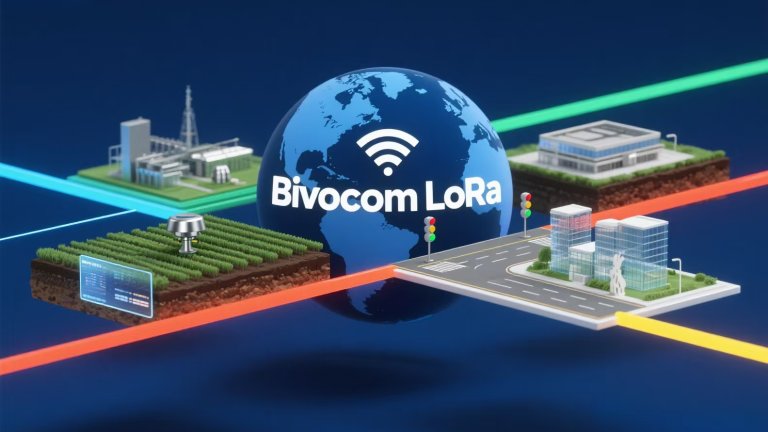
What Are LoRa,LoRaMESH, LoRaWAN?
LoRa Product Portfolio
Bivocom leads industrial IoT connectivity with its “LoRa+” philosophy. This approach enhances LoRa’s native strengths—long range, low power, and anti-interference—with industrial-grade durability, security, and flexibility. The product lineup targets all layers of the IoT stack, from edge connectivity to network aggregation. Consequently, it is ideal for demanding applications across global markets. Common LoRa capabilities are consistently integrated across devices. These capabilities include 10km open-air range, AES over-the-air encryption, and global 850~931MHz band support. This integration ensures robust and standardized connectivity, undoubtedly.
TW820 LoRa Modem: Simple Connectivity Bridge
The TW820 is Bivocom’s entry-level LoRa modem. It acts as a plug-and-play bridge between low-power devices (e.g., smart meters, basic sensors) and upper IoT systems. It distills LoRa’s efficiency into a compact form, designed for ease of use, and supports small-scale data transmission without complex programming. Its core value lies in two critical strengths:
- Seamless legacy system integration: Equipped with 1 RS232 (debugging) and 1 half-duplex RS485 port, it connects directly to most existing sensors and meters. Therefore, it eliminates adapters, reduces setup time, and lowers technical overhead—even for non-expert teams.
This “no-fuss” design makes the TW820 ideal for smart metering (electricity, water), basic environmental monitoring (soil moisture), and low-movement asset tracking—use cases where consistent LoRa connectivity matters more than on-site control.
TG501 Outdoor LoRa RTU: All-in-One Controller
Unlike the TW820 (a pure connectivity device), the TG501 is a Remote Terminal Unit (RTU)—a hybrid solution that combines LoRa’s long-range communication with on-site data collection and actuation. It is built for outdoor use cases such as triggering irrigation or alarms, while retaining the lineup’s core LoRa performance. Its standout value comes from solving two key outdoor IoT pain points:
TG452 Programmable LoRa Gateway: Scalable Network Hub
The TG452 serves as the central hub of Bivocom’s LoRa ecosystem. It aggregates data from hundreds of nodes and routes it to cloud or on-prem systems. Three core strengths define its value for enterprise users:
Bivocom LoRa Ecosystem: Edge-to-Cloud Cohesion
LoRa Topology: End-to-End Connectivity Architecture
Bivocom’s LoRa ecosystem tackles real-world challenges across industries. Below are two use cases where the integrated TW820–TG501–TG452 topology delivers unmatched efficiency, cost savings, and reliability.
Smart Agriculture: Automating Remote Farm Operations
Agriculture faces unique connectivity hurdles: vast remote fields, limited infrastructure, and the need for 24/7 monitoring. Bivocom’s LoRa solutions enable scalable, low-power wireless networks without cellular dependency. They eliminate error-prone manual data collection and provide real-time insights and automated control.
BMS & HVAC: Smarter Control, Lower Costs
Building automation struggles with decentralized HVAC systems, costly wiring, and disjointed data. Bivocom’s LoRa transforms this with wireless, low-power networks that unify HVAC data and sync with BMS. Consequently, building managers achieve energy savings and steady indoor environments—without manual intervention.
FAQ About Bivocom LoRa
- Do Bivocom LoRa devices work with LoRaWAN sensors?
No. Currently, they only communicate with other Bivocom LoRa devices (no LoRaWAN support). LoRaWAN/MESH compatibility is planned for future development. - What frequencies do Bivocom LoRa devices use?
They operate on a fixed 850–931MHz range. - What transmission specs do they offer?
1. Power levels: 21dBm, 24dBm, 27dBm, 30dBm.
2. Data rates: 1.2–62.5kbps (8 levels; 4.8kbps default). Higher speeds reduce range, while lower speeds extend it.
3. Max range: Up to 10km in open air, though obstacles or interference will shorten this. - How many nodes can one gateway support?
Theoretically, 255 nodes per group—limited by the LoRa module’s capacity. - What antenna should I use?
A LoRa-specific antenna. The standard included model works for 868–915MHz. For frequencies outside this range, contact Bivocom’s tech team for recommendations. - What frame interval is best?
Set it to at least 200ms (for both frames and commands). Shorter intervals can cause delays or data loss due to congestion.
Conclusion & Future Outlook
Looking ahead, Bivocom continues to innovate within the LoRa ecosystem. It is expanding compatibility, enhancing protocol flexibility, and integrating smarter edge capabilities. These steps support next-generation IoT applications, furthermore.
Join the Bivocom LoRa Connectivity Revolution
With 11+ years of industrial IoT expertise, Bivocom has deployments across 90+ countries. It enables seamless connectivity for various use cases. For example, it automates remote farms, optimizes building HVAC systems, and monitors critical infrastructure. Our LoRa solutions are designed to overcome the limitations of traditional communications, offering unparalleled range, efficiency, and flexibility in even the most challenging environments. We provide end-to-end support to ensure your success:
- Solution Piloting: Firstly, test real-time Bivocom LoRa solutions in your operational environment, ensuring seamless integration with your existing sensors, controllers, and management systems.
- Customized Connectivity: Furthermore, combine LoRa, 4G, and edge computing to build hybrid networks that excel in remote, harsh, or densely built settings.
- Platform Integration: In addition, unify data from LoRa sensors and gateways into your management systems via intuitive dashboards and APIs, turning raw data into actionable insights.

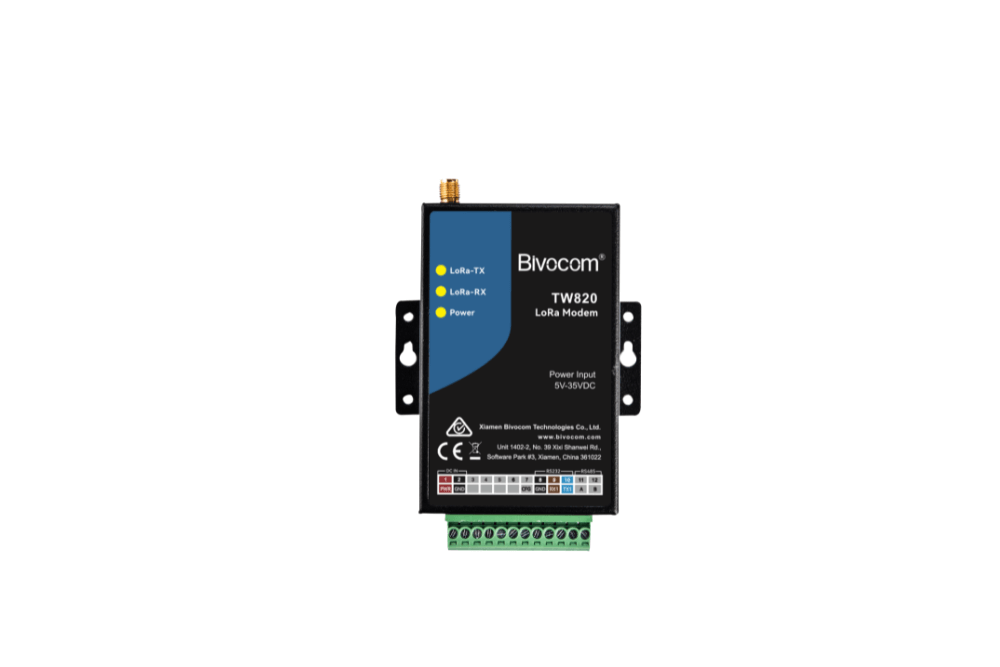
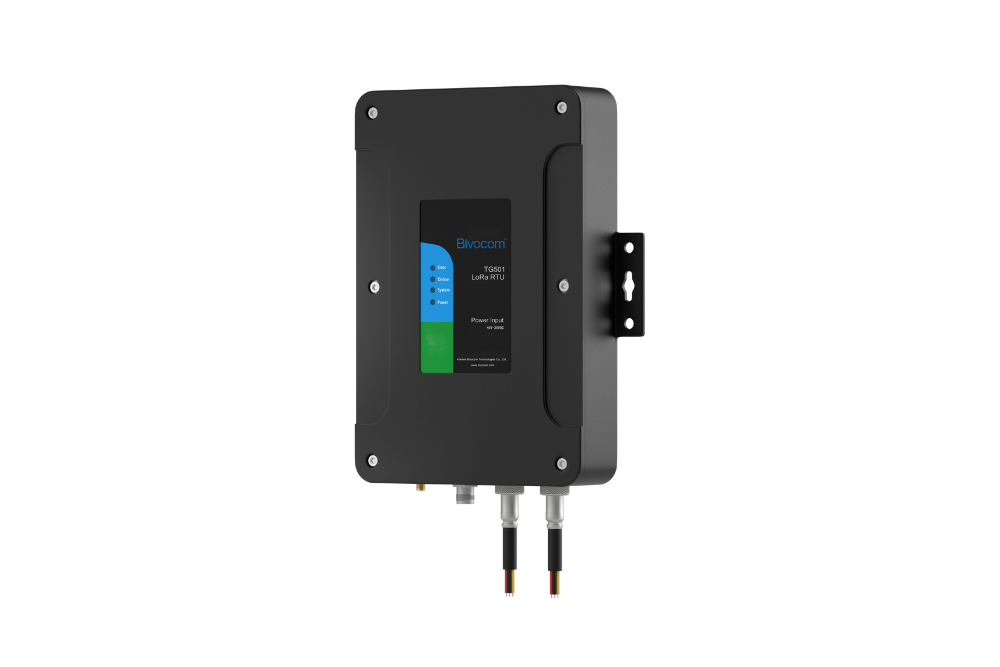
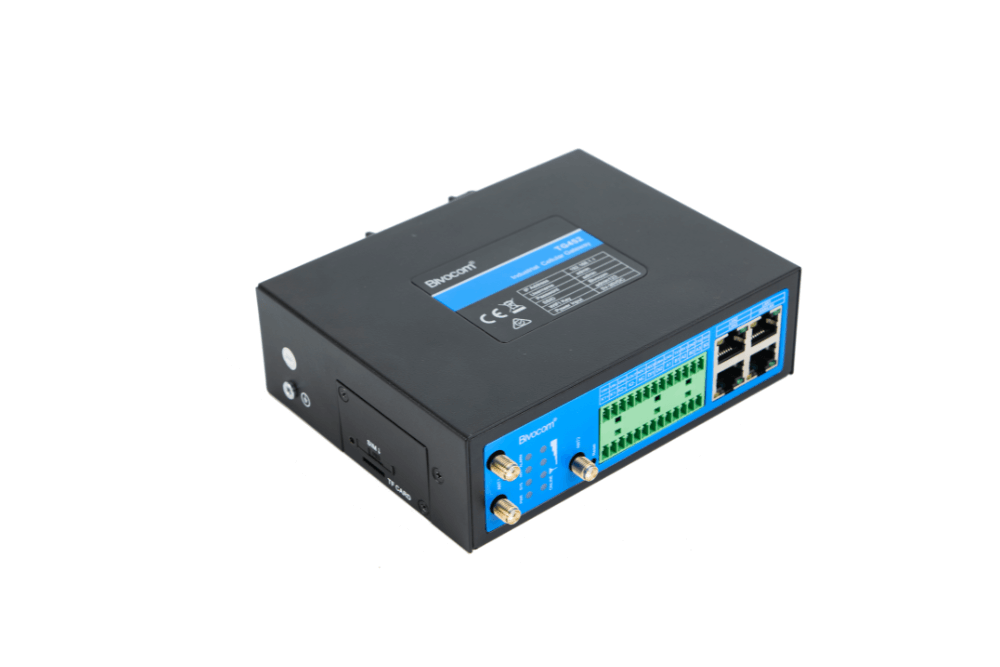
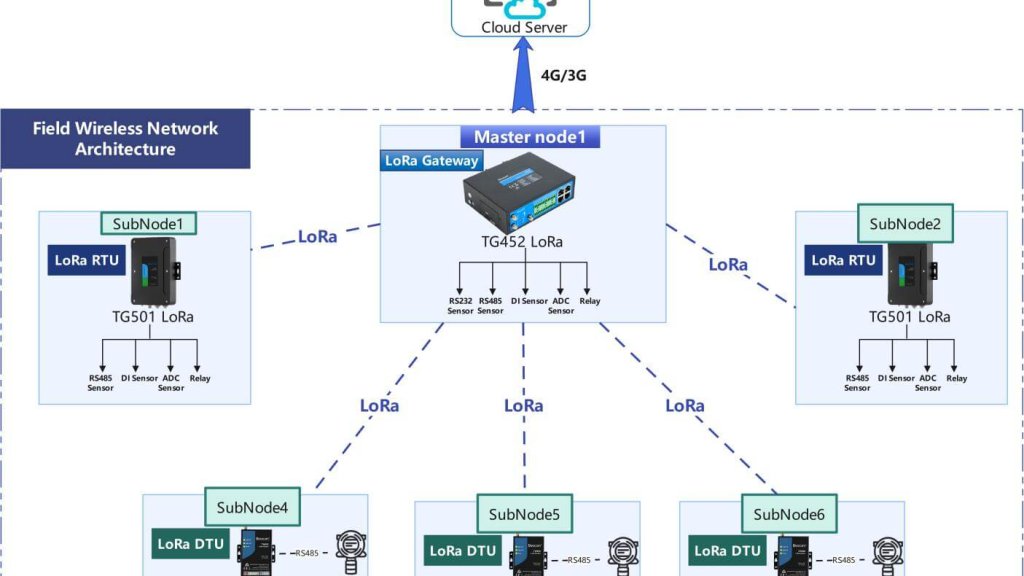
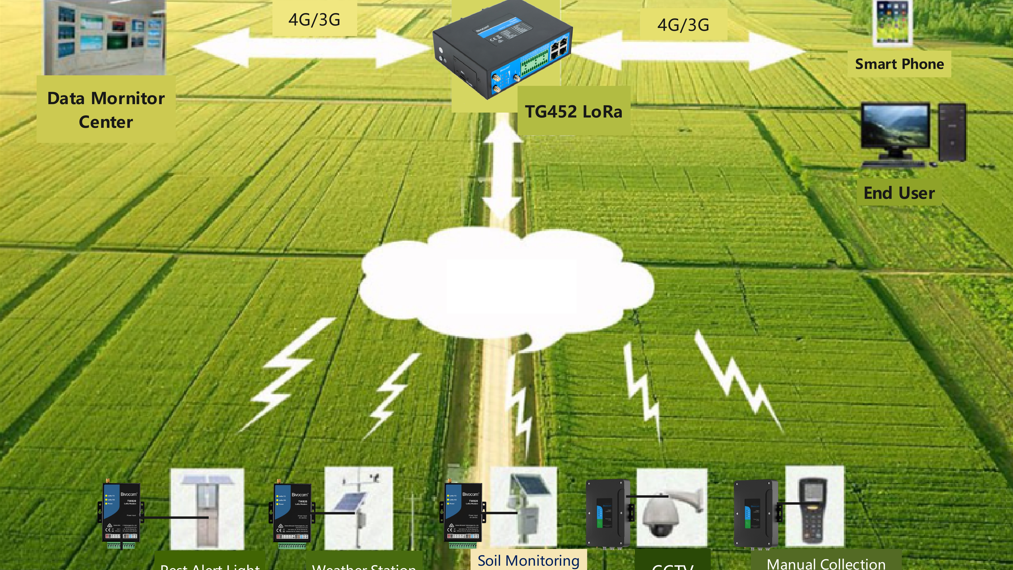
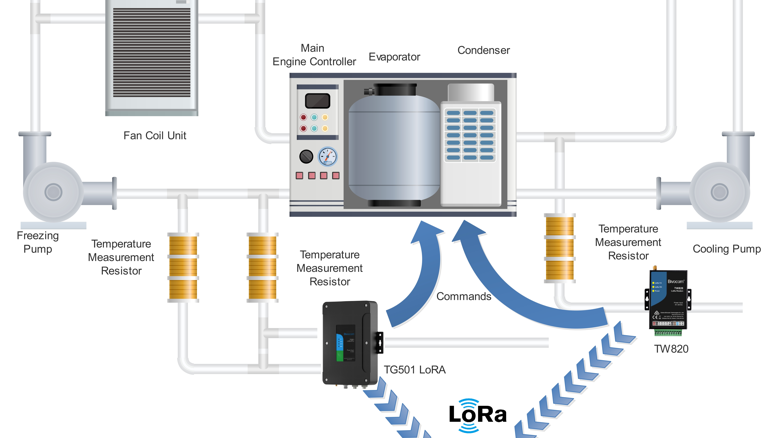
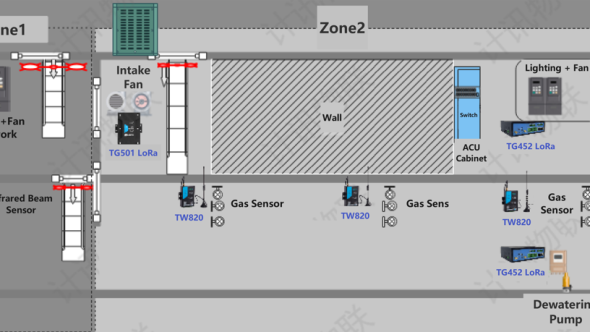
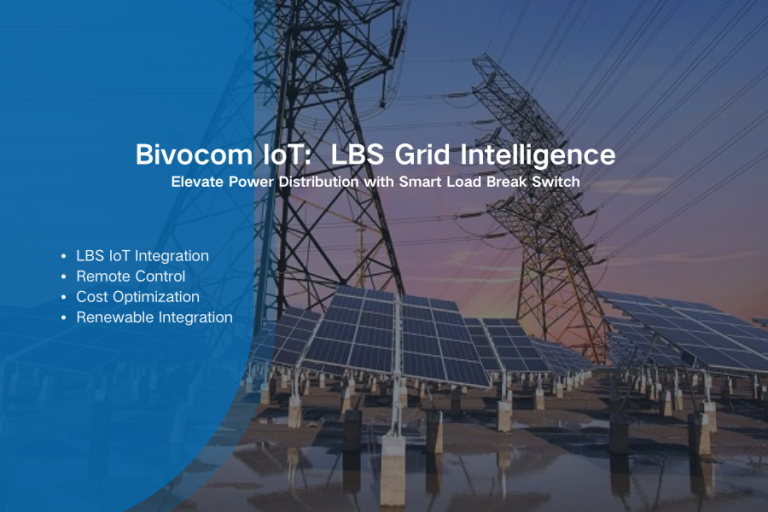

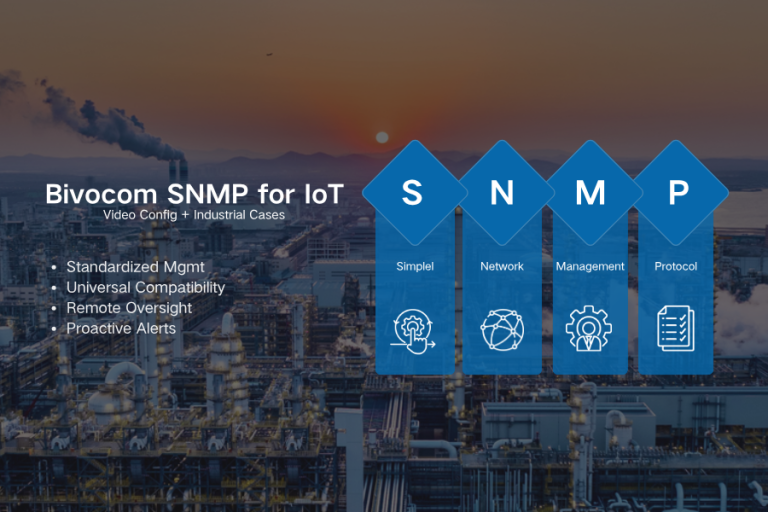
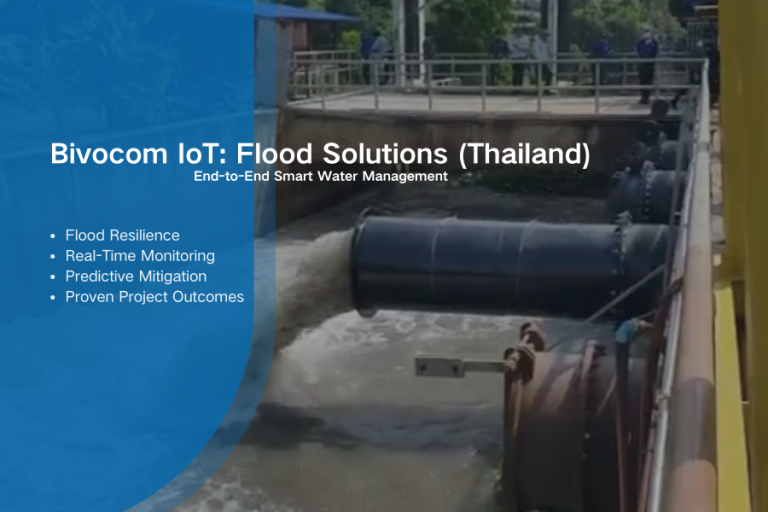
Comment